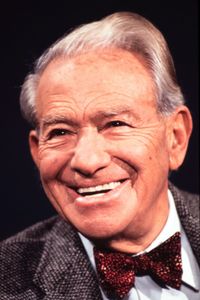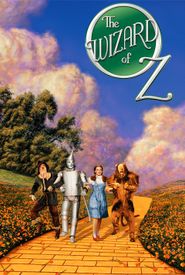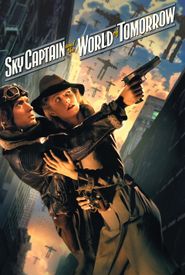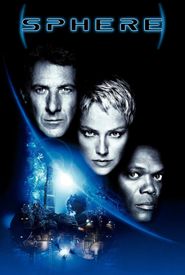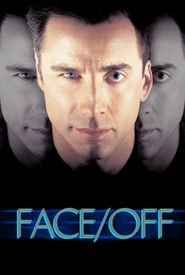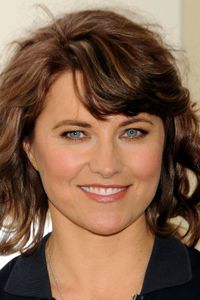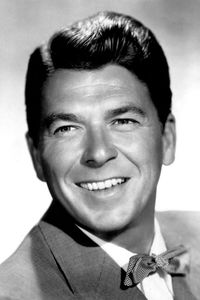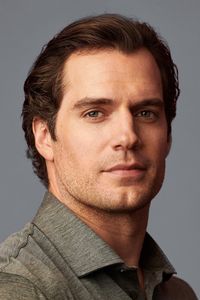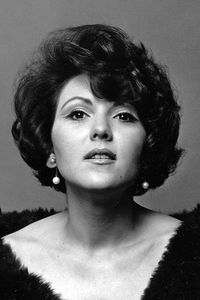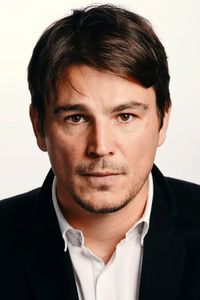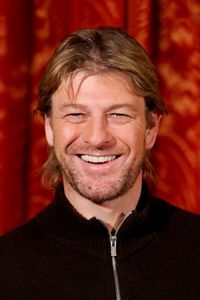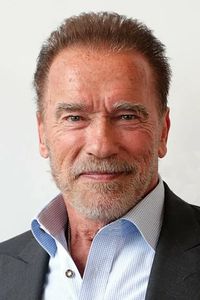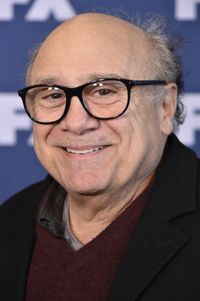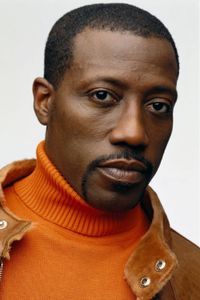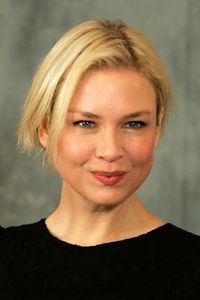Edgar Yipsel Harburg, a celebrated American lyricist, was born Isidore Hochberg within the confines of Manhattan's Lower East Side, a densely populated working-class Jewish ghetto. This formative environment would later shape his creative endeavors. As a young individual, he formed a lasting bond with Ira Gershwin, a partnership that would blossom into a series of collaborative literary projects at City College of New York. The duo's creative synergy was further nurtured through their contributions to F.P. Adams' column in the esteemed New York World, a prominent publication renowned for its witty and clever light verse.
Following his academic completion in 1917, amidst a wartime scarcity of labor, Harburg secured a highly remunerative position with the Swift & Co. meat-packing concern in Uruguay, a venture that proved to be a lucrative opportunity. He returned to New York City in 1920, where he went on to become a partner in an appliance business that enjoyed a period of remarkable prosperity throughout most of the 1920s.
With unwavering dedication to turning his passion for lyric writing into a sustainable career, Harburg embarked on a journey to secure financial backing, ultimately securing a substantial loan of $500 and leveraging the influential connections of the esteemed composer, Jay Gorney, who was none other than a protégé of the legendary George Gershwin.
Together, Harburg and Gorney collaborated on a plethora of captivating songs for the vibrant world of Broadway revues and films, their creative synergy yielding numerous memorable numbers, including a standout track sung by the incomparable Helen Morgan in not one, but two groundbreaking early film musicals.
Fast forward to 1932, and Harburg's fortunes were poised to take a dramatic turn with the composition of his landmark, game-changing anthem, "Brother, Can You Spare a Dime?", a powerful, unemployment-themed song that would leave an indelible mark on the cultural landscape.
Throughout this pivotal era, E.Y. Harburg collaborated with Vernon Duke to pen the celebrated song "April in Paris", while simultaneously forming a long-lasting and highly productive partnership with Harold Arlen, spanning an impressive 12 years and yielding an array of iconic masterpieces, including the beloved classic "The Wizard of Oz", released in 1939.
The renowned lyricist, E.Y. Harburg, was a stalwart advocate for liberal ideals, which ultimately led to his ostracization by the Hollywood establishment in the 1950s. This unfortunate turn of events, stemming from his uncompromising stance on social justice, effectively precluded the production of his ambitious musical, "Finian," for an astonishingly long period of nearly four decades.
Undeterred by this setback, Harburg persisted in his creative endeavors, collaborating with other esteemed artists such as the illustrious composer Jule Styne, as well as the talented Earl Robinson, and many others. His remarkable work ethic and unwavering dedication to his craft enabled him to continue producing innovative and captivating musical compositions well into his eighties, a testament to his boundless energy and unrelenting passion for his art.
